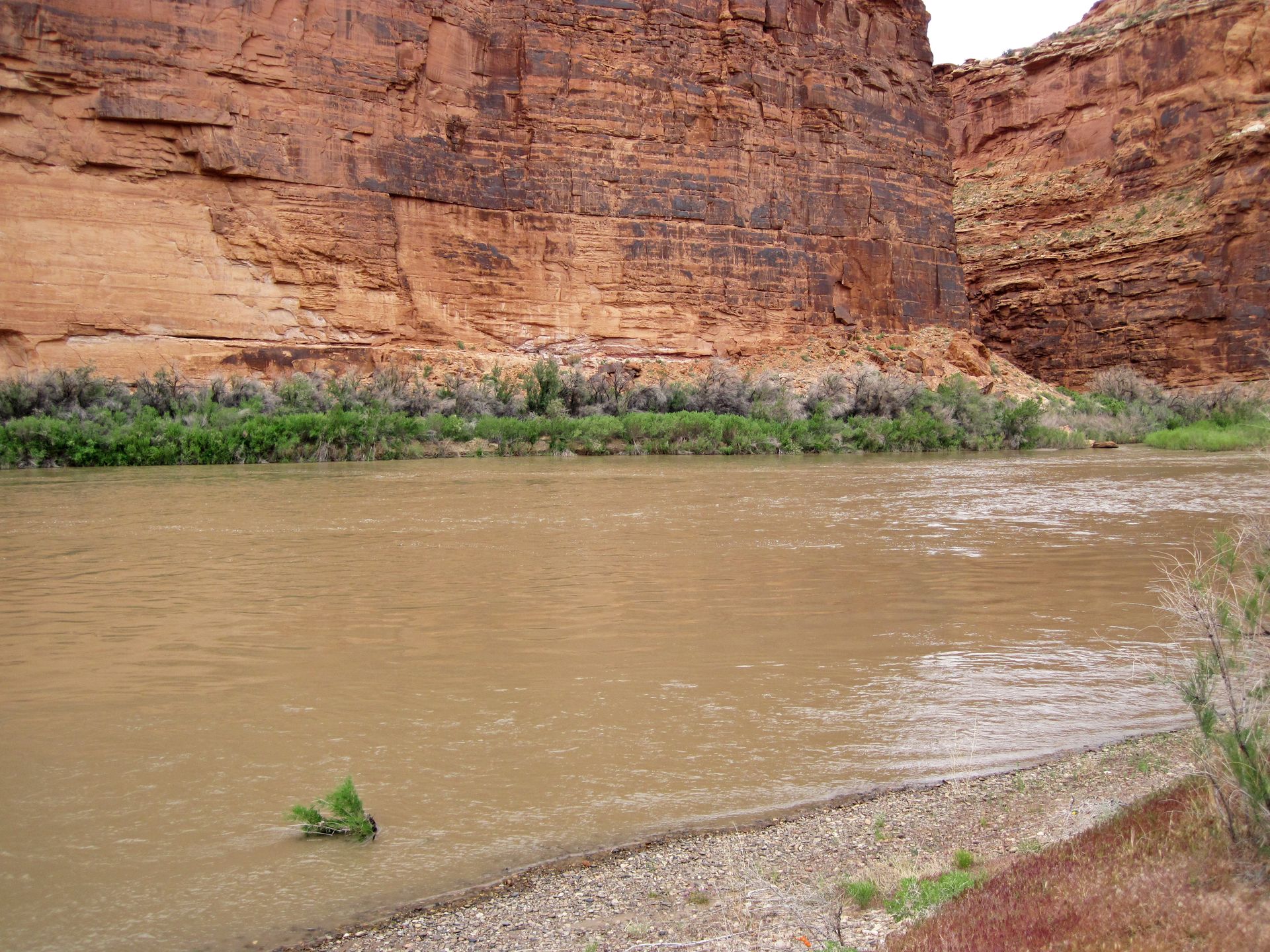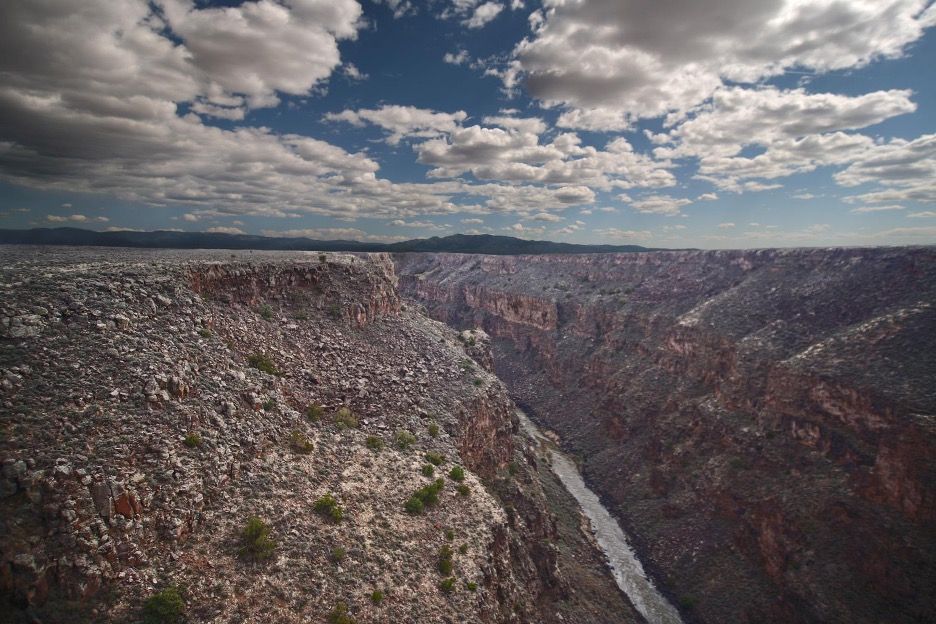Environmental problems–such as water resource depletion–are surfacing faster than ever before. Marijuana is a water-intensive crop that will require built-in water sustainability practices to avoid scrutiny as water shortage in the West becomes increasingly dire. Water scarcity is an increasing problem, and the State of Colorado is not immune. It is no secret that in every sector, global sustainability, including water reduction, is of increasing importance. We are likely not far from intense federal, state, and municipal sustainability requirements for every industry.
The Problem: Rapid Growth of the Cannabis Industry and Lack of Water Regulation
The marijuana industry is rapidly growing and evolving. Although marijuana is still federally illegal, the prohibition is quickly diminishing. Today, the recreational use of marijuana is legal in eighteen states with medical use is legal in thirty-seven states. After passing Amendment 64 in 2012, legalizing marijuana use at the state level, Colorado quickly became a pioneer in the navigation of all things cannabis. However, Colorado’s original marijuana rules and regulations were silent concerning water rights, permits, and regulations.
Unfortunately, the growth of the marijuana industry has a high potential for a large water footprint. Cannabis cultivation (as with other agricultural productions) creates harmful agricultural runoff, and indoor cannabis cultivation places more pressure on the existing wastewater treatments of municipalities. Thus, there is an increasing need for management and regulation of the water consumption used for marijuana cultivation. Legal doctrines and administrative agencies need to step up to the plate to balance the relationship between water and marijuana legalization. The development of an environmentally sustainable cannabis industry is reliant on the creation of new water use regulations and policies.
While the push for regulation of the marijuana industry’s water use is stronger than ever before, the application of current state water laws to the marijuana industry presents numerous complications. For example, Colorado uses the prior appropriation doctrine to allocate water rights, which creates issues when faced with regulating marijuana cultivation. In Colorado, most of the water for marijuana cultivation comes from existing water rights, with many cultivators leasing water rights from an existing right holder. Under the prior appropriation system, water rights are allocated by priority of beneficial use, and the federal marijuana prohibition complicates the determination of whether a water use for marijuana cultivation constitutes beneficial use. Currently, due to marijuana’s status at the federal level, many cannabis cultivators are not authorized to use major water networks, which forces cultivators to use less sustainable irrigation methods. However, this issue could be mitigated if the cannabis industry has access to these water networks, instead of having to rely on groundwater resources. Further, since the majority of marijuana cultivation in Colorado takes place indoors, there is an increased demand on municipal water. This presents problems of downstream water availability and has harmful watershed impacts.
States like Colorado need to clarify and enforce water laws in the marijuana industry before opponents of state marijuana legalization begin to use these issues to their advantage. In order for the marijuana industry to continue to thrive, the ambiguities regarding the relationship of water law doctrines and marijuana laws must be resolved. It is necessary for states supporting marijuana legalization to create a regulatory framework that promotes water equitability and sustainability. The demands of marijuana cultivation are unique, and states must find a solution before cultivators return to the black market. The return of marijuana cultivators to the black market poses an even greater environmental cost because of the complete lack of regulation. Thus, it is important for these states, and specifically their regulatory agencies, to find a balance between water and marijuana cultivation in order to avoid both an enforcement and environmental crisis.
The Efforts to Find a Solution
Fortunately, it appears Colorado has started taking steps in the right direction. For example, the Code of Colorado Regulations authorizes the use of reclaimed water for the cultivation of regulated marijuana, as long as the use follows the Reclaimed Water Control Regulations and is approved by the state and local water provider. Additionally, the Colorado department of Public Health and Environment (“CDPHE”) supports researching ways for the cannabis industry to reduce its harmful environmental impacts. The CDPHE believes there is potential for the industry to be an eco-friendly industry that will continue to grow for generations to come. The CDPHE website provides a link to the New Environmental Sustainability Report from the National Cannabis Industry Association (“NCIA”). Thus, it is clear that Colorado recognizes the need for sustainability and compatibility with environmental regulations within the cannabis industry.
In October of 2020, the NCIA’s environmental committee produced a technical report (“Report") covering the relationship between the cannabis industry and its environmental impacts. The Report focuses on best management practices for environmental sustainability in the cannabis industry and provides information about environmental policy. The NCIA believes the cannabis industry has the potential to become a leader in environmental sustainability.
The NCIA suggests that one of the main focuses of the cannabis industry should be decreasing water usage. The NCIA states, “[i]ndustry best practices for water use are intended to continuously look for opportunities to reduce water needs while minimizing impacts to local water quality.” The Report includes a thorough analysis of each of the best management practices suggested by the NCIA, which includes, but is not limited to, the improvement of irrigation techniques, the use of water reservoirs, and the proper use of fertilizer.
The State is not alone in abating the harmful environmental impacts created by the cannabis industry. In October of 2020, the Denver Environmental Health Cannabis Sustainability Work Group created the Cannabis Environmental Best Management Practices Guide (“Guide”), which provides guidance to the local cannabis industry for implementing sustainable practices. The third section of the Guide focuses on water sustainability practices, specifically acknowledging how to manage the input and output of water when cultivating marijuana. The Guide recognizes water as the key component of any successful marijuana cultivation system.
Within the City of Denver and other surrounding areas, the water resources for indoor marijuana cultivation come from the municipal water distribution system. Although these issues are not specific to the cannabis industry alone, consumptive water use and water quality are typical concerns for indoor cannabis cultivation. To address these problems, the Guide suggests proactive operational efficiency and monitoring practices.
There are many benefits that come hand-in-hand with the integration of such technologies and suitable practices. For example, water-use efficiency measures have the potential to create cost benefits and decrease consumable use. Water-use efficiency techniques can also help to abate the water availability problem of municipalities in Colorado. If cultivators practice wastewater management, there is a high potential for a decrease in the current watershed impacts.
The Guide also provides environmentally friendly suggestions for how to improve multiple aspects of water use during cultivation. These “best practices” include water filtration and purification, irrigation methods and automation, water recycling, and more. Water filtration leads to low levels of waste. The “drip” irrigation method is also highly efficient at reducing water waste as it allows cultivators to provide each plant with precise amounts of water. Another option for decreasing water usage is for cultivation operations to implement methods for water-recycling. The Guide states that “[v]irtually all excess water runoff and water vapor can be captured and delivered back to the beginning of the watering process,” and encourages cultivation facilities to avoid single uses of water. Water-recycling can provide cultivators with a large amount of the water necessary for future watering cycles, thereby promoting water conservation.
A Proposed Solution: The Push for More Regulation
The cannabis industry presents numerous public policy benefits, and there is ample support for expanding the marijuana industry, especially in Colorado. However, the amount of water resources used to support marijuana cultivation casts a negative light on the industry. To prevent opponents of marijuana legalization from using the industry’s water footprint as fodder to continue the federal marijuana prohibition, it is important for the regulated cannabis industry to find a way to reduce water use through best management technologies. Although the CDPHE, NCIA, and the Cannabis Sustainability Work Group have started to work through this pressing issue, the regulated cannabis market has much more potential to promote multiple environmental protections. Instead of simply providing suggested guidelines to cultivators, state and local agencies need to adopt enforceable regulations for cannabis cultivators’ water use. Cultivators should be required to show the methods implemented to decrease water usage, especially considering the potential water conservation that accompanies reclamation and recycling.
In an already heavily regulated industry, it is important for state and local agencies to initiate regulation of not only the products being sold to the public, but also the processes that are used to produce these products. Another solution to abate the problem could be the use of permits to grant cultivators access to major water networks, thereby eliminating the need to rely on groundwater or municipal water resources. A cap on the amount of water granted to the cultivators would allow state and local agencies to control the total water use of the industry. Not only will more regulation help to conserve the arguably most important resource on our planet–water–but cannabis companies that elect to use environmentally sustainable practices are likely to be more successful in the long-term. The NCIA could not have said it better: “This fast-growing and highly regulated industry (at the state level) is poised to lead on evolving business challenges, including the adoption of environmentally sound business practices that demonstrate to the broader agriculture sector that comprehensive environmental sustainability is achievable.”
SOURCES
Colo. Code Regs. § 3-330(A)(2).
Ryan B. Stoa, Weed and Water: Regulating Legal Marijuana, 67 Hastings L.J. 565 (2016).
Colo. Dep’t of Pub. Health & Env’t, https://cdphe.colorado.gov/greening-the-cannabis-industry (last visited Feb. 11, 2022).
Nat’l Cannabis Indus. Ass’n, Environmental Sustainability in the Cannabis Industry: Impacts, Best Management Practices, and Policy Considerations, (Oct. 2020), https://thecannabisindustry.org/wp-content/uploads/2020/11/NCIA-Environmental-Policy-BMP-October-17-final.pdf.
Denver Env’t Health Cannabis Sustainability Work Grp., Cannabis Environmental Best Management Practices Guide, (Oct. 2020), https://www.denvergov.org/files/assets/public/climate-action/documents/cannabis-bmp-update-2020.pdf.
Will Yakowicz, Where Is Cannabis Legal? A Guide To All 50 States, Forbes (Jan. 10, 2022), https://www.forbes.com/sites/willyakowicz/2022/01/10/where-is-cannabis-legal-a-guide-to-all-50-states/?sh=556f3259d19b.



